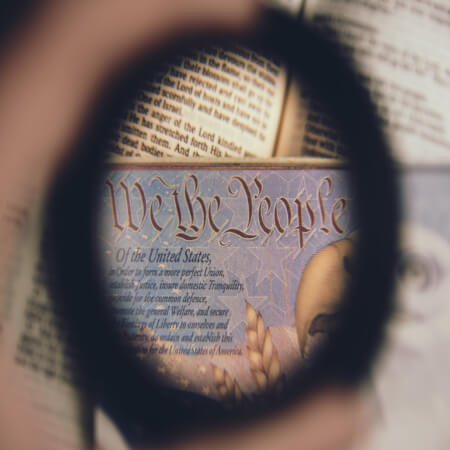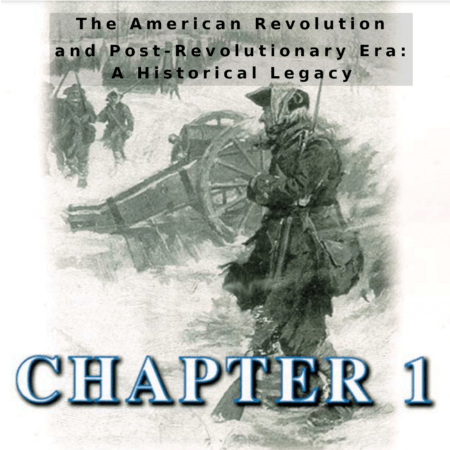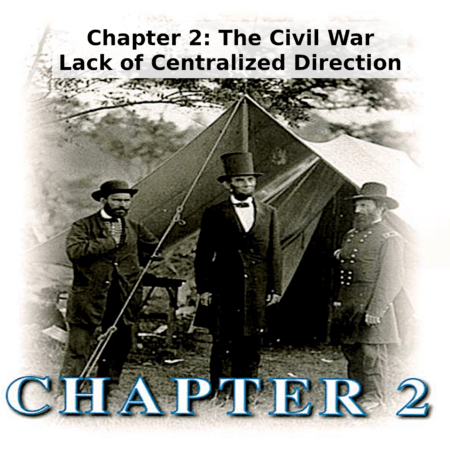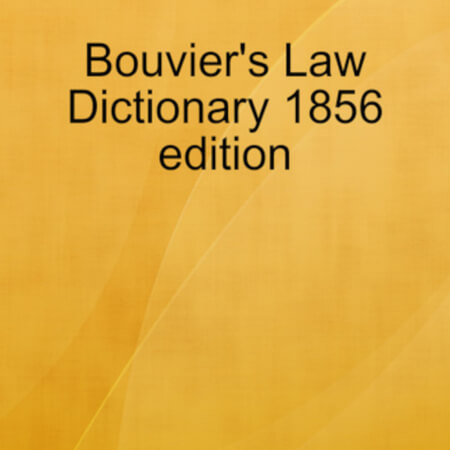Description
The Lost Keys of Freemasonry by Manly P. Hall: Unlocking Spiritual Symbolism
Introduction to a Timeless Esoteric Classic
The Lost Keys of Freemasonry (1923) stands as a cornerstone of esoteric literature. Manly P. Hall explores the spiritual and symbolic foundations of the Craft with direct, accessible language. Rather than dwelling on ceremony alone, he presents Freemasonry as a living philosophy designed to elevate human consciousness. Moreover, he frames the teachings as practical tools for ethics, discipline, and inner clarity.
Topics: Manly P. Hall, The Lost Keys of Freemasonry, esoteric symbolism, Masonic philosophy, inner transformation, Temple symbolism, Hermeticism, Jordan Maxwell.
Freemasonry as a Path of Inner Transformation
Hall shifts attention from rank and formal membership to the initiate’s moral work. He argues that a true Mason measures progress by wisdom, virtue, and self-discipline—not by titles or regalia. Consequently, personal transformation becomes the real labor of the Craft. Additionally, he encourages daily reflection so intention and action remain in harmony.
Viewed this way, Masonry operates as a moral compass. Through ethical living and mindful study, the initiate aligns with universal truth. In this approach, ritual supports insight instead of replacing it. Ultimately, the path turns into a lifelong practice rather than a set of occasional obligations.
Symbolism of Masonic Tools and the Temple
Throughout the book, Hall decodes working tools and their inner meaning. For example, the square speaks to integrity and balance, while the compass represents restraint and spiritual focus. Likewise, the level and plumb remind seekers to act with humility and upright intent. These symbols do more than decorate—they guide character, conduct, and contemplation.
He also reimagines the Temple of Solomon as a metaphor for the perfected human soul. According to this teaching, the true Temple rises within, and thoughts, words, and deeds provide the building materials. Furthermore, each cornerstone reflects a virtue that stabilizes the whole structure. Therefore, the temple image becomes a map for steady, measurable growth.
Connections to Ancient Mystery Traditions
Hall situates Masonic symbolism within a larger lineage. For instance, he highlights parallels with Hermeticism, Neoplatonism, and select Eastern teachings. As a result, Freemasonry appears not as an isolated system but as part of a universal tradition of spiritual enlightenment. Moreover, these comparisons help modern readers place symbols in historical and philosophical context.
Why This Book Still Matters Today
Even a century later, the text resonates with seekers who value responsibility, inner growth, and practical wisdom. Because the lessons emphasize character over status, they adapt well to contemporary life. Consequently, both practicing Masons and curious students can apply the insights to daily choices, relationships, and service. In short, Hall’s work remains a clear guide for purposeful living.
Key Themes at a Glance
- Inner work first: Measure progress by virtue, not by rank.
- Tools as teachers: Square, compass, level, and plumb map ethical action.
- Temple within: Build character as the living sanctuary of the soul.
- Universal lineage: Symbolism echoes ancient mystery schools and perennial philosophy.
Learn more about the author:
Manly P. Hall — Wikipedia
Own The complete 27-DVD collection
A comprehensive journey through Jordan Maxwell’s research.

Request Jordan Maxwell’s 27-DVD legacy collection for just $399. Act now while it’s on sale!
Jordan Maxwell: Wikipedia
Jordan Maxwell 27 DVD Collection
© Jordan Maxwell Videos. All Rights Reserved.











